FOMO Marketing Strategies to Drive Sales
FOMO Marketing. It’s a term circulating the digital marketing space that promises to secure more sales for your business. The fear of missing out (FOMO) is real among customers because, as humans, we love making impulse purchases. The simple act of buying a product online is enough to release feel-good hormones that put a smile on our faces.
No one wants to feel left out, especially when a big sale or limited-time deal is coming. So, how can you encourage customers to make those impulse buying decisions and generate more sales? By creating a sense of urgency in your products.
This article will discuss the ins and outs of FOMO marketing so that you can take full advantage of this strategy.
Why use FOMO marketing?
Before we get started with FOMO marketing, we must first understand what FOMO is. FOMO (fear of missing out) refers to the emotional response a person experiences when they see other people live better, more satisfying lives. There have been many studies regarding FOMO, and the primary contributor to this is social media engagement.
Around 56% of social media users experience FOMO when viewing another person’s story, reel, or post. They want to feel the same satisfaction that others have, which triggers them to buy the same product/service they saw on social media. The question now is, how does this correlate with traditional marketing?
FOMO marketing works because it takes advantage of social proof, a psychological phenomenon influencing a person’s buying decision. People tend to assume the behaviors of others to make a correct choice, so if they see a person on social media enjoying a product, they view the purchase as a satisfactory decision.
When you combine social proof with urgency or scarcity, you create an instant desire for your products that can translate into better sales numbers.
What are the different FOMO marketing strategies?
There are plenty of FOMO marketing strategies that you can use to drive interest in your products. But before you go ahead and implement these methods, we highly suggest you analyze your target audience first. The more you understand your consumer’s buying behaviors, the more tailored your marketing approach will be.
Let’s break down each FOMO marketing strategy in detail below:
1. Special offers
Special offers are a prime example of FOMO marketing, allowing businesses to generate more revenue and clear old stocks. Gift vouchers, percentage discounts, loyalty cards, and cash backs are some ways to implement special offers and trigger an impulse purchase from your customers. People respond well to limited-time deals because they don’t want to miss out on a good offer.
2. Highlighting limited stock
If there’s one way to encourage customers to take action immediately, it’s highlighting your stock’s limited availability. Most hotels do this by specifying the number of available rooms, emphasizing it with phrases like, “Hurry, there are only two rooms left!” You can apply the same strategy to your products to indicate they’re selling fast, and people may not get a hold of them if they don’t act quickly.
Shopify and WooCommerce plugins connect to your product catalog and display a low stock level. As the customer views the product listing, they’ll immediately want to check out the item before they miss out.
3. Social proof notifications
Picture this; a customer is browsing your website when a pop-up appears. The text indicates how many users currently view the item they want to buy. It’s a clever tactic many brands use to generate FOMO among buyers and prompt them to purchase. For example, a pop-up may say, “60 people have viewed this product in the last hour.”
When they see the stock levels are at 20, they immediately think of the product’s potential buyers. Again, it’s about creating a sense of urgency, as social proof notifications display competition between buyers interested in a particular item.
4. Free shipping offers
One of the main reasons people love to shop online is because of free shipping offers. Often, brands use free shipping to incentivize customers to buy more products than they initially intended. For example, you can create a free shipping offer when a customer’s purchase value exceeds $100.
To make the offer more irresistible, you can create a limited number of free shipping vouchers. Say you’re dropping a new collection of your athletic wear. To secure sales, you can offer a limited free shipping deal for the first 200 customers that place their orders. It’s a simple strategy when you look at it, but it’s proven to be effective time and again in generating FOMO amongst consumers.
5. Display sold-out products
You may think that displaying out-of-stock products is a waste of space, but in reality, it affects consumer behavior in ways you’ve never imagined. When customers see a sold-out product, they instantly associate it with scarcity. Looking at the available products in the rest of the catalog, they rush to check out the items due to fear of missing out.
Add in a live view count like in our previous strategy, and customers will be vying to make their purchases. Highlight that the product is temporarily out of stock and display relevant items that suit the needs/interests of your consumers to generate more sales.
6. Use exit-intent pop-ups
Cart abandonment has been plaguing the e-commerce industry since its early days. The last thing you want is for a user to abandon their cart and ultimately leave your website. To prevent that, you can utilize exit-intent pop-ups to convince users to buy your products.
Exit-intent pop-ups appear when a customer is about to exit your website. The goal is to remind users about the deals they can potentially miss. For example, you can highlight a limited-time offer of up to 20% or an email subscription that gives them 20$ on their first order.
When used correctly, exit-intent pop-ups can reduce cart abandonment rates and encourage users to follow through with their buying intent.
7. Set expiring deals
Say a customer arrives at your sales page, and you want them to take action and make a purchase straight away. A great call-to-action would be “Buy Now!” with an expiring countdown timer that says, “Deal expires in XXX days.”
But, not every product can benefit from expiring deals. In our opinion, this type of FOMO marketing strategy is best for limited-time offers, as repeatedly using them can reduce the overall credibility of your brand.
Still, expiring deals create that FOMO effect you can take advantage of, provided you use it accordingly.
8. Exclusive offers on specific channels
If you want to target a specific audience using FOMO marketing, you can create exclusive offers only available on certain platforms. For example, you offer a 20% discount when customers buy directly from your Instagram Page. You can also employ the same tactic on TikTok, where a highly engaged audience can receive free shipping vouchers at TikTok Shop.
Such a strategy is also perfect for generating hype on a product launch. By leveraging exclusive offers, you drive interest to your brand’s offerings and create a FOMO effect to encourage impulse purchases.
Conclusion
In a world where attention spans have gotten shorter and impulse buying decisions take over, implementing FOMO marketing is an excellent way to drive sales. It’s in our nature as humans to desire something limited and exclusive. By combining urgency, scarcity, and social proof, you can create a master plan that takes advantage of our innate desires and make more profit for your business.
Accurate bookkeeping is essential to maintaining the profitability of your company. If you need any help with expert bookkeeping services, our team is ready to assist you. Simply fill out the form below, and our team will contact you shortly.


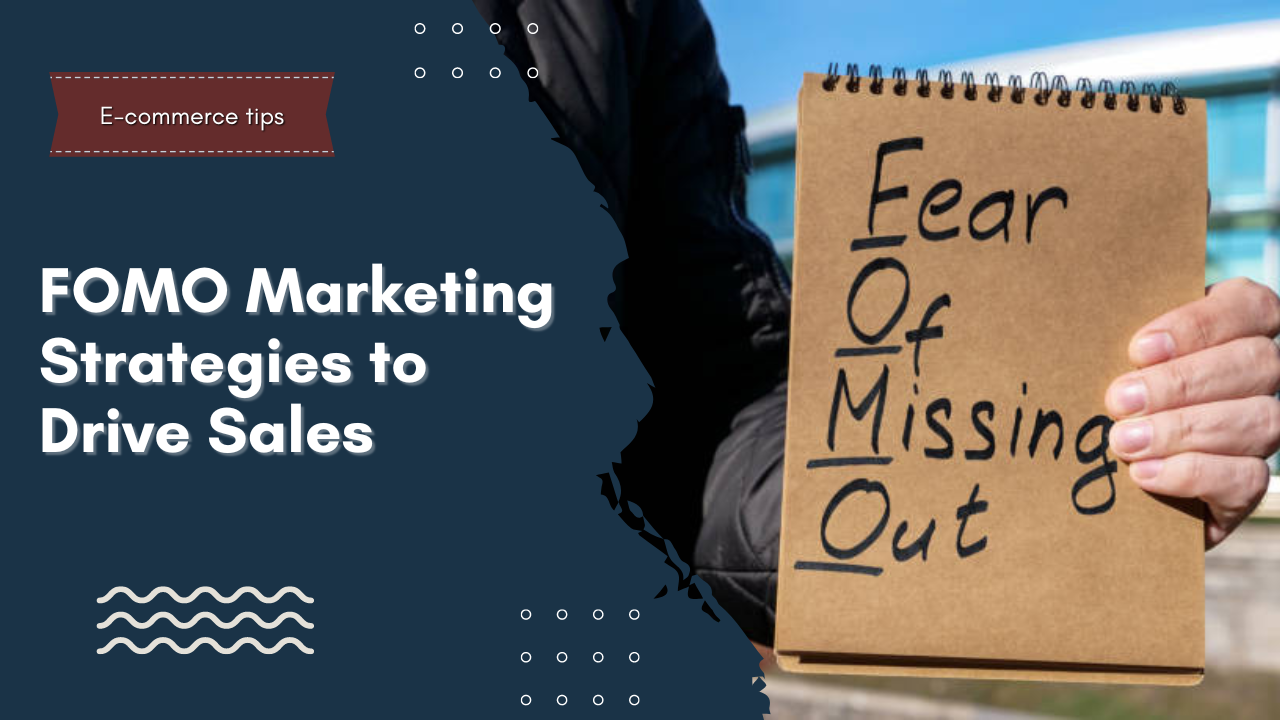
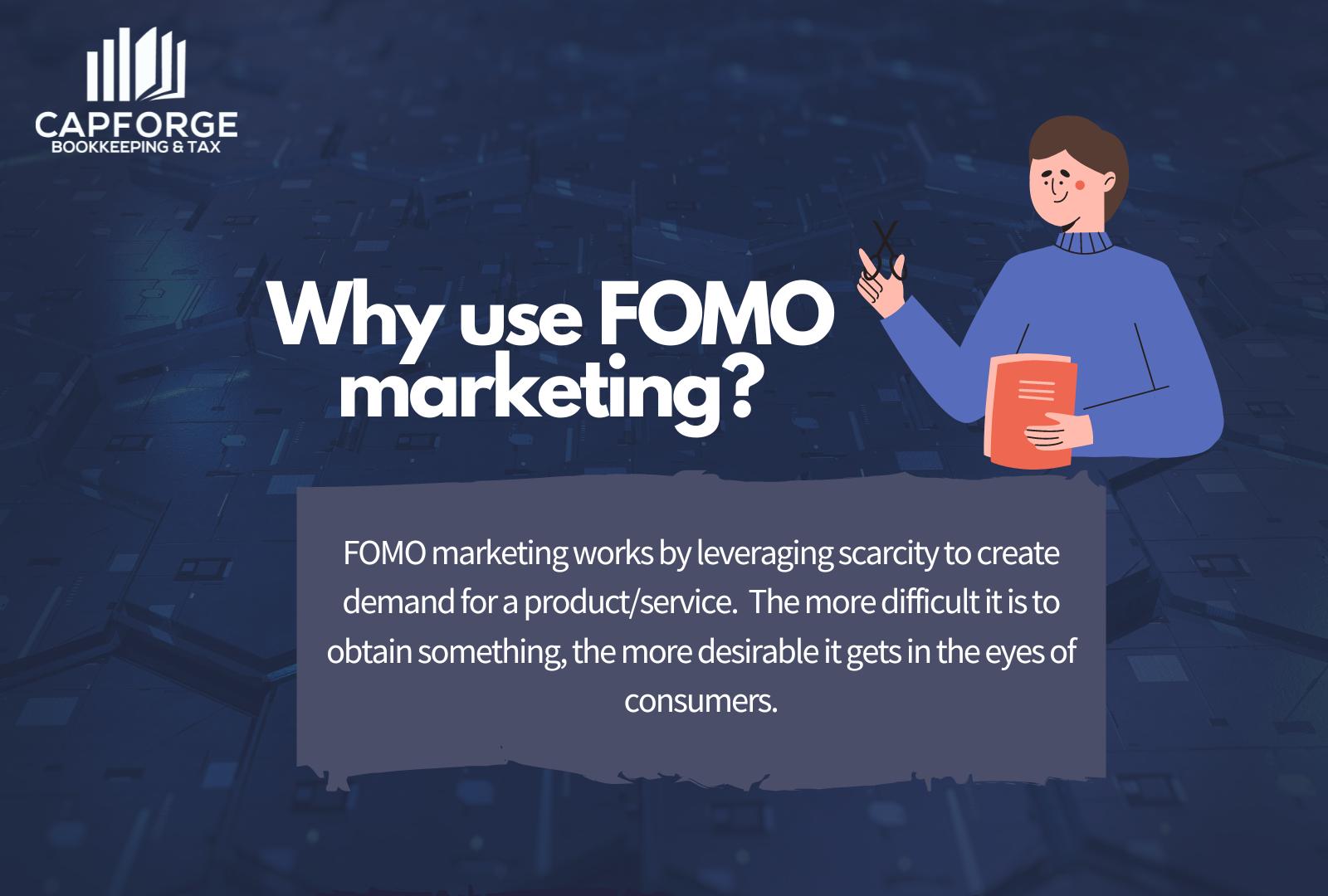
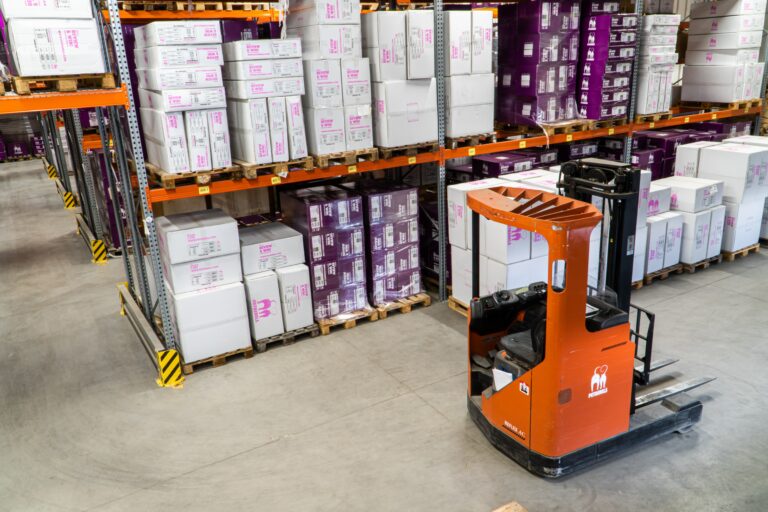


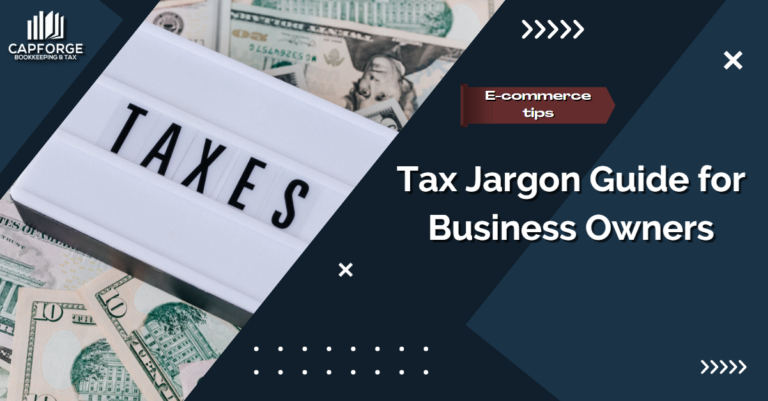

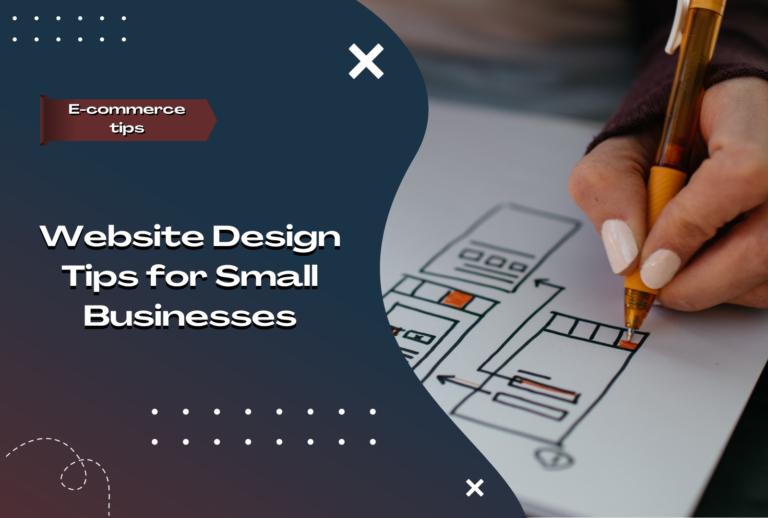
One Comment
Comments are closed.